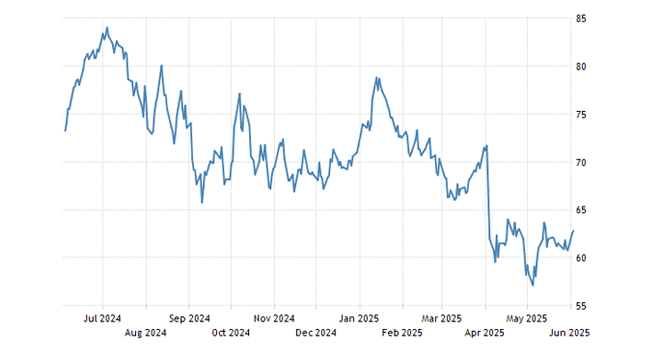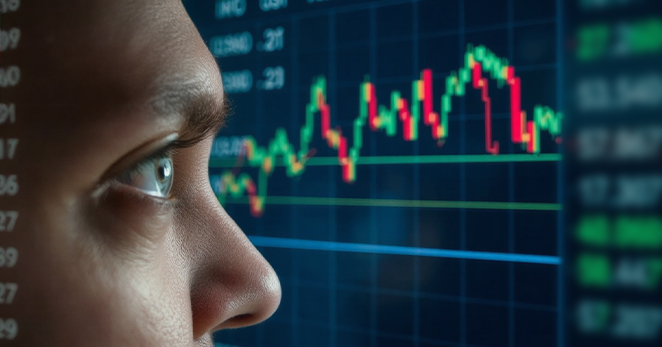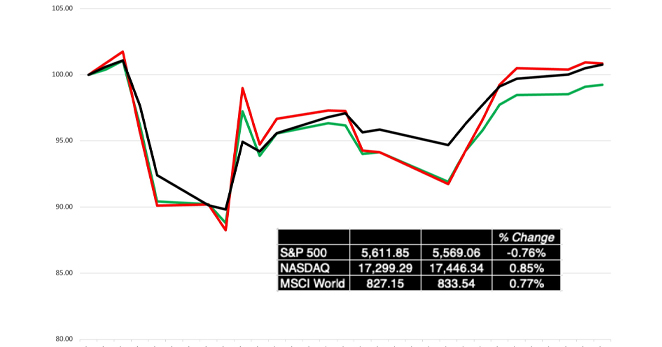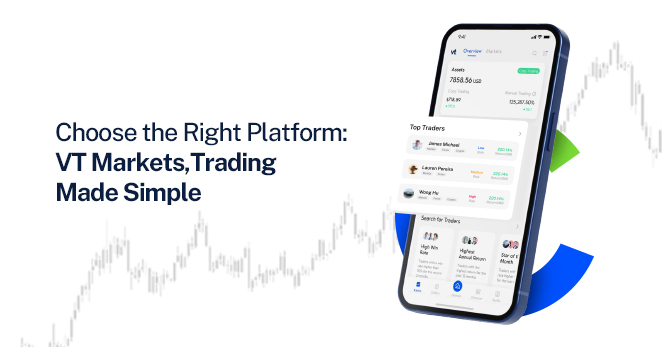
Big headlines are emerging from the Middle East once again! Expert analysts are closely watching the fourth round of nuclear negotiations between the United States and Iran. During a business roundtable in Doha, Trump indicated that Tehran is “close to agreeing to the terms” of a renewed nuclear agreement. However, key points of contention, especially regarding uranium enrichment, remain unresolved.
This emerging situation has critical consequences not just diplomatically but also for global markets overcoming a delicate post-inflation recovery and persistent geopolitical uncertainty.
Crude Oil Volatility Could Spike

Iran is one of the largest oil producers in the Middle East. Easing sanctions could lead to a significant increase in oil exports, boosting global supply. If sanctions on Iran are lifted, its re-entry into the oil export market could add upwards of 1 million barrels per day to global supply. This would likely apply downward pressure on crude oil benchmarks like Brent and WTI.
However, if negotiations break down or worsen, the risk premium on oil could increase significantly, especially if tensions rise in the Strait of Hormuz, a vital transit route for nearly 20% of global oil shipments.
Watchlist:
- Monitor front-month oil futures and open interest for directional sentiment.
- Watch OPEC+ response to a potential Iranian supply resurgence.
Equities and Global Risk Appetite

De-escalation of nuclear tensions typically reduces risk aversion among investors. A successful deal can act as a tailwind for global equities, especially for energy-intensive industries and emerging markets with high oil dependency.
Yet, uncertainty around U.S. foreign policy, coupled with Iran’s non-negotiable stance on enrichment rights, could keep volatility on the higher side.
Watchlist:
- Emerging market ETFs and energy sector indices.
- U.S. defense and industrial stocks.
Gold’s Role as a Volatility Hedge

Gold often serves as a haven during periods of geopolitical tension. Ongoing uncertainty in U.S.–Iran relations may drive up gold prices, particularly if investors turn away from riskier assets.
Should an agreement be finalized, a temporary cool-off in gold may follow, though broader macroeconomic factors (inflation, rates, and fiscal policies) will continue to influence longer-term direction.
Regional Currencies and FX Dynamics

The Iranian rial, already under major strain, stands to gain if sanctions are eased. Regional currencies such as the UAE dirham and Saudi riyal could experience capital inflows amid renewed regional cooperation.
Iran has proposed a joint enrichment facility with Saudi Arabia and the UAE. If accepted, this move could signify a rare economic alignment in the Gulf.
Trader Tip:
- Observe GCC currency pairs and safe-haven demand for USD and JPY.
Policy Divergence and Market Volatility

What complicates the entire scenario is the lack of alignment in Washington. While President Trump appears willing to explore a limited enrichment arrangement, other U.S. officials continue to push for total dismantlement, resulting in policy noise and inconsistent signaling to global markets.
Meanwhile, Iran’s position remains firm: enrichment will not cease entirely, though Tehran has shown openness to enhanced international oversight and enrichment caps below weapons-grade thresholds.
A Macro Risk Story Unfolding in Real Time

This situation exemplifies how geopolitical narratives intertwine with market volatility. As developments progress, the ripple effects will be felt across commodities, FX pairs, equity indices, and sentiment-driven assets.
What You Can Do:
- Stay informed with credible, real-time updates.
- Build scenarios into your trading strategy using technical and fundamental tools.
- Consider diversified exposure to hedge geopolitical swings.
VT Markets: Built for the Informed Trader

We provide the tools, insight, and agility you need to adapt to fast-moving macro environments. Experience the VT Edge Today!







